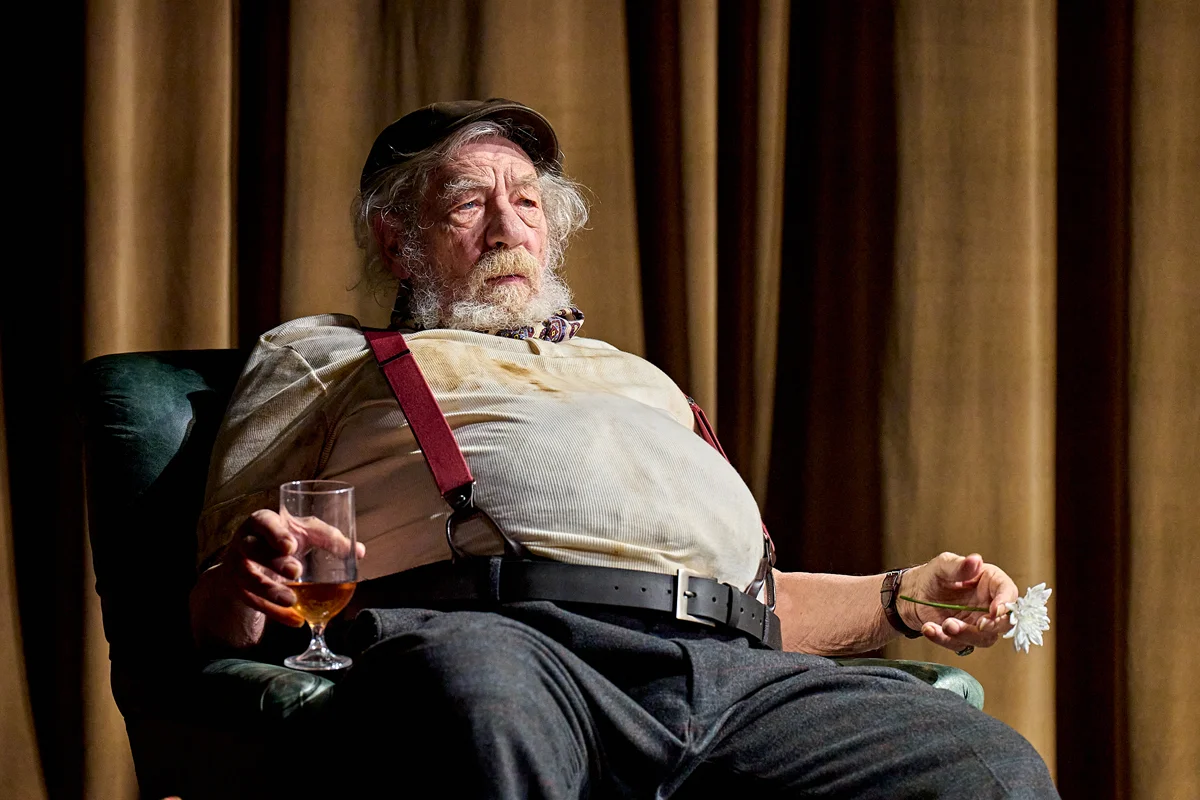History of the NFL
The Allegheny Athletic Association paid former Yale All-American guard William Heffelfinger $500 to participate in a game against the Pittsburgh Athletic Club in 1892, making him the first-ever professional football player in the history of the National Football League. To be sure, American football didn’t reach its pinnacle of competitiveness until 1920.
Leo Lyons, owner of the Rochester Jeffersons, a sandlot football club, and famed American-Indian Olympic athlete Jim Thorpe were the driving forces behind the creation of the National Football League. Barnstorming through Ohio was a common occurrence for both Jefferson and Buffalo All-Stars. After Lyons’ Jeffersons met Thorpe’s Bulldogs in a 1917 match and lost heavily, Lyons urged Thorpe that a league be created (wanting to develop a sport that matched Major League Baseball in popularity).
Due to the Spanish flu quarantines and the loss of players in World War I, plans could not be implemented promptly in 1918, leading the Bulldogs and the majority of other teams to cease operations or reduce their schedules to local competition. The New York teams continued to operate and recruited any remaining players.As football started to gain popularity, gambling on the sport was gaining popularity simultaneously as people were starting to bet on the outcomes of the games for a chance to win money. Popularity has not decreased, in fact, it has become easier than ever with the rise of online betting. Should one wish to partake in this experience as well, it is ideal to conduct some research in order to find the best NFL betting sites for 2022, so you can choose the best website for you.
A New League is Born
The American Professional Football Conference was formed in August 1920 in a Hupmobile store in Canton, Ohio, with only Ohio League clubs initially participating, although several teams rejected to join. APFA was formed a month later, with Buffalo, Rochester, and a slew of additional teams from the adjacent circuits joining the original New York league’s roster. An agreement regarding player poaching and the designation of a season champion was first reached by the eleven founding clubs.
Thorpe was chosen president of the Bulldogs while he was still a player. The Akron Pros won the inaugural title in 1920, with just four of the original teams completing the whole season. In 1921, the league’s membership grew to 22 teams, including additional New York clubs, but the membership remained unstable throughout the 1920s, and the league remained a minor national sport. The National Football League officially took over as the official name of the league on June 24, 1922.
In 1934, all but the Green Bay Packers had gone to or were replaced by teams in bigger towns, and even Green Bay had developed a partnership with Milwaukee for financial assistance. In the early years of the league, several NFL clubs simply took the name of the Major League Baseball team in the same city, rather than coming up with unique team names. There were many more NFL clubs, including the Pittsburgh Steelers, who were known as the “Pittsburgh Pirates” for the first seven years of existence, and other teams including the Brooklyn Dodgers, Cleveland Indians, Cincinnati Reds, Detroit Tiger…
For a long time, the popularity of college football outweighed that of professional football, but by the conclusion of World War II, pro football was challenging college football for the attention of spectators. Faster and higher-scoring games were made possible by rule changes and new inventions, such as the T formation. Cleveland Rams came to Los Angeles in 1945, becoming the first big-league sports club on the West Coast in 1945 when they relocated from Cleveland. In 1950, the NFL acquired three teams from the defunct All-America Football Conference, bringing the total number of teams in the league to thirteen. Pro football eventually became a big sport in the 1950s when league games were shown on national television.
The Modern Era
In the 1970s and 1980s, the NFL firmly established itself as the most popular spectator sport in the United States and as a cultural institution. Football’s biggest game has become an unofficial public holiday and a must-see on television. Monday Night Football, which debuted in 1970, was a huge success because it combined sports and entertainment. This fast-paced, passing-heavy game was made possible by rule modifications in the late 1970s.
In the post-merger period, the United States Football League was the strongest threat to the NFL. Major players and a national tv deal made the USFL a formidable rival. The USFL, on the other hand, failed to turn a profit after three years and was shut down. Although the USFL was victorious in a successful antitrust case against the NFL, the remedies were limited, and mismanagement (especially in the planning for a head-to-head battle in the autumn) contributed to the league’s demise.
USA Today published a report on August 31, 2007, in which it revealed the first updates to the league’s shield emblem since 1970.
It was decided that the 23 stars in the previous logo had no real significance and were removed in favor of eight (one for each of the league’s eight divisions), and the football was relocated to resemble the Vince Lombardi Trophy. Television, internet media, and apparel were all taken into consideration while redesigning the look. The original shield logo was created in the 1940s.






